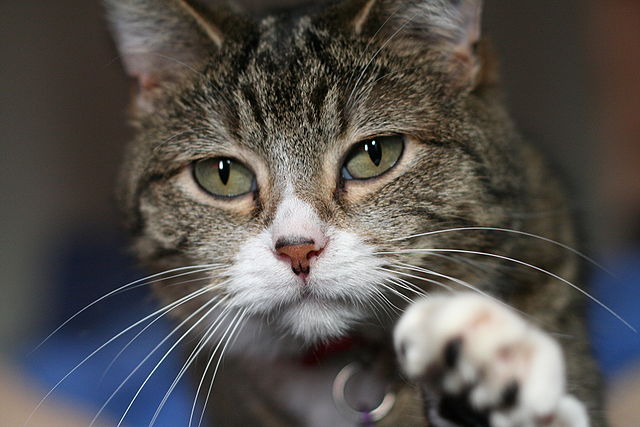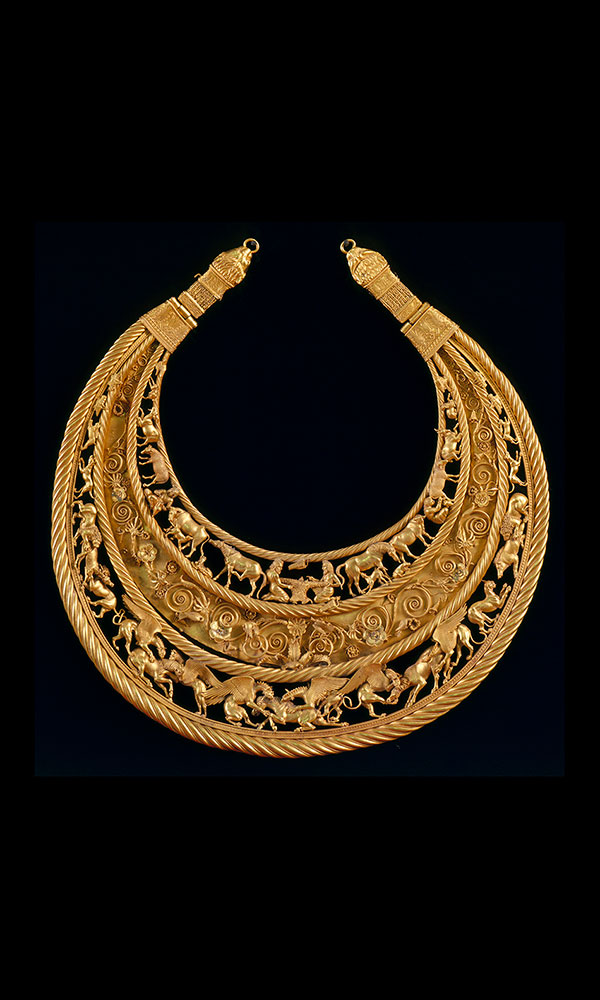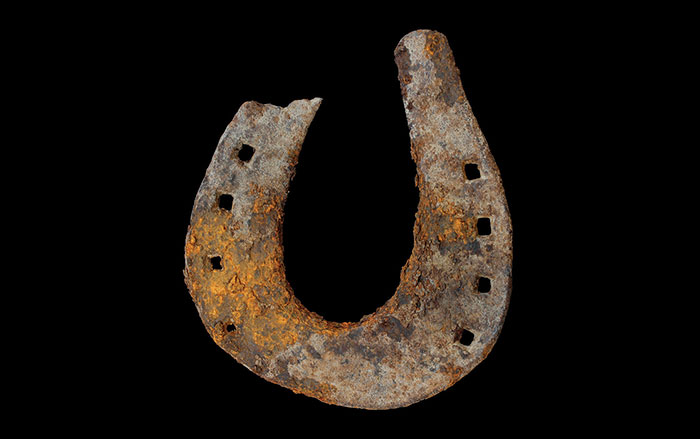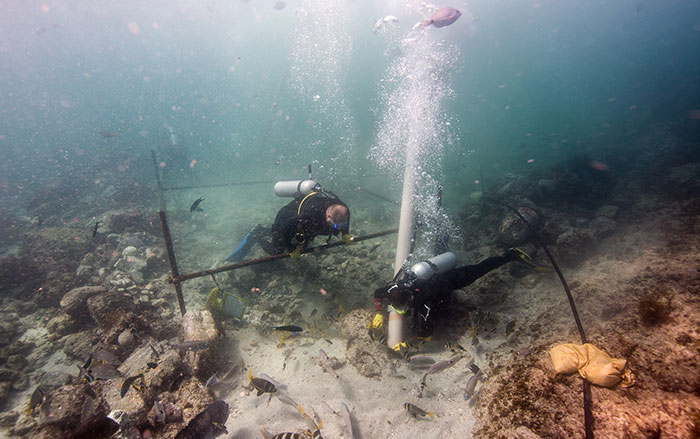
PARIS, FRANCE—Nature reports that evolutionary geneticist Eva-Maria Geigl of the Institute Jacques Monod and her colleagues Claudio Ottoni and Thierry Grange investigated the origins of domesticated cats by sequencing mitochondrial DNA obtained from more than 200 sets of cat remains recovered from more than 30 archaeological sites in Europe, the Middle East, and Africa. The cats lived between about 15,000 years ago and the eighteenth century A.D. The researchers found that wild cats from the Middle East are likely to have traveled with early farmers into the eastern Mediterranean. The feline hunters may have been drawn to the rodents attracted to new grain stockpiles. A mitochondrial lineage found in later Egyptian cat mummies was also found in the remains of cats in Eurasia and Africa, and in cat remains from a Viking site in northern Germany. Geigl suggests that seafaring peoples probably kept cats on their ships to keep rodents at bay as well. The team also found evidence indicating that the tabby coat variation first appeared in the medieval period. For more, go to "Animal Mummy Coffins of Ancient Egypt."











